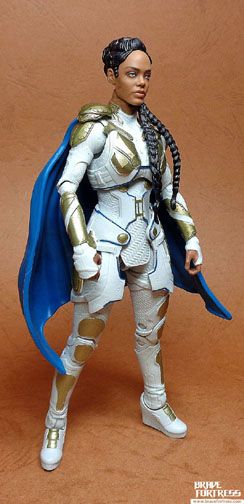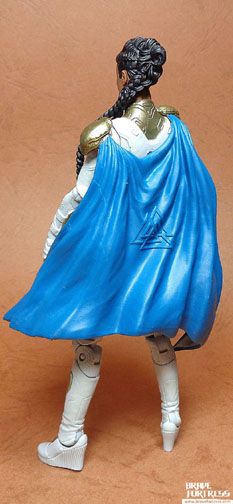


Such details could prove useful when handle fragmentary pottery.A certain limitation comes from the way in which the collection of study was provided, as the overwhelming majority of the pots were discovered in cemeteries. I paid a special attention to the types made of many items, because in these cases the presumption of the local manufacture is stronger.Criteria used by Popilian in drawing his typology are not even, therefore the analysis has to perform along all possible benchmarks: general morphology, terminations (rims, bases, handles), fabrication, colour, decoration, size, when not even ethnographic references.

The enterprise is not targeting the whole collection of artefacts, but those suspected to be mainly to result of the local production, as an expression of the local taste and demand, as jars, beakers, flagons, cups, censors, bowls, dishes, lids. More than that, the relationship between the classes and types of pots and the fabrication classes – including the colour – is not always crystal clear, without a thorough analysis.This study is not a review it is rather an attempt to turn the book in a handy database. For instance, the information connected to fabrication, constantly retrieved in general commentaries or in catalogue’s descriptions, is rather sketchy (‘fine’ or ‘coarse’). The work is now pretty old – more than four decades – and although still very useful, it is obviously the product of its age. Gheorghe Popilian’s monograph Ceramica romană din Oltenia is the main reference textbook for southern Romania, at least. The distribution of artefacts on functional types – as uncertain as it is – shows a society thinking and living ‘big’, speaking either of tableware, liquid containers or storage vessels.Beyond shreds, shapes, colours and sizes, there is a flagrant ambiguity of a ‘barbarian’ culture born at the fringes of the empire, part inside and part outside, cooking Roman but drinking as Dacians did, setting the table for the Gothic feast. After several attempts with pottery contained in exhibitions, they finally reached an unprocessed lot of pot sherds from a recent digging on the by-pass route north of Alexandria city.Interested first of all in fabrication issues, in order to successfully deal with fragmentary pottery, they fill a database with notes, photos and drawings, and make a typology sustained by petrography. Preparing themselves for field survey along Limes Transalutanus, the authors are looking for references – other than book descriptions and drawings – concerning the so-called Chilia-Militari culture, laying on the both sides of the Roman frontier, stretching from the second half of the second century up to the late third (or early fourth) century.


 0 kommentar(er)
0 kommentar(er)
